Seiko Presage brings time-honoured craftsmanship and a uniquely Japanese aesthetic to the world. Join us on a journey to Arita – Japan’s porcelain heartland – to explore the land, culture, and artisanal tradition behind this one-of-a-kind timepiece.
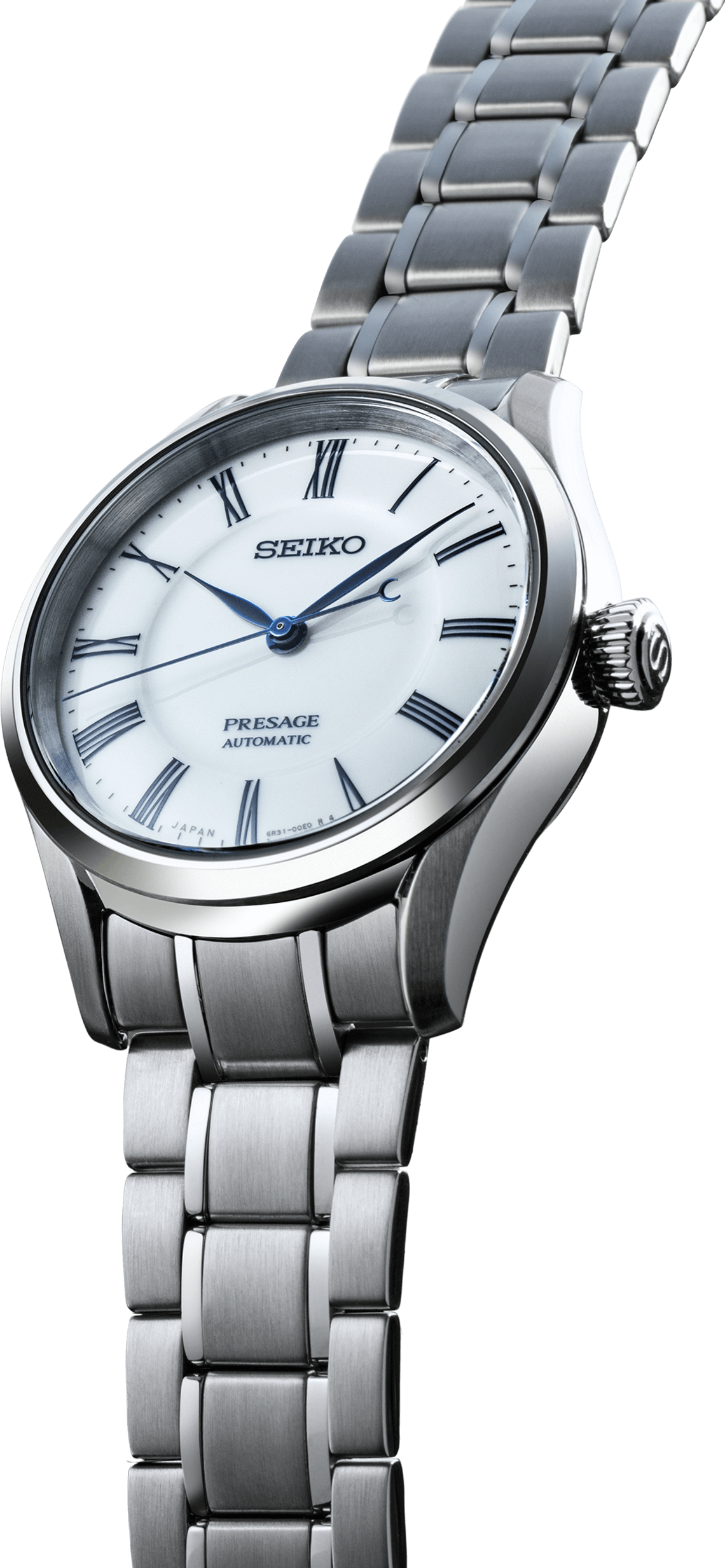

Seiko Presage
Craftsmanship Series
Arita Porcelain Dial
Seiko Presage
Craftsmanship Series
Arita Porcelain Dial
Uniquely Japanese –
Transcending time and place
Featuring an exquisite Arita porcelain dial envisioned and realised by a master craftsman in collaboration with the precision manufacturing of Seiko’s engineers, this meticulously crafted watch represents a fusion of the timeless and the modern; tradition and innovation; form and function. Strikingly dynamic and lustrous yet tempered with a gentle refinement, it embodies Japanese sensitivity and sensibility.
Over four centuries of history
live on today
Located in Saga Prefecture on Japan’s southern island of Kyushu, Arita was the site where Japan’s first porcelain was fired in the early 17th century, and this idyllic mountain town blessed by nature has remained firmly at the forefront of porcelain crafting ever since.
Particularly well-received by European aristocrats in the mid-17th-to-18th centuries, Arita ware went on to inspire and influence other ceramic traditions around the world, including the Meissen porcelain of Germany.
Over four hundred years later, Arita remains a town that lives and breathes porcelain, with many of its residents carrying on their ancestors’ traditions to this day.

The pure water that flows down from Mount Kurokami is also put masterfully to use at local distilleries, which use Saga-grown two-rowed barley to produce sublime shochu – one of Japan’s signature alcoholic beverages and a specialty of the Kyushu region.
Aritadori (Arita chicken) – one of Japan’s premiere local poultry brands – makes for mouthwatering bites of delicious karaage-style fried chicken. Packed with juices and umami and freshly fried to crispy golden perfection, it’s no wonder tourists and locals alike line up early for a bite.
Aritadori (Arita chicken) – one of Japan’s premiere local poultry brands – makes for mouthwatering bites of delicious karaage-style fried chicken. Packed with juices and umami and freshly fried to crispy golden perfection, it’s no wonder tourists and locals alike line up early for a bite.
Award-winning Imari beef stars in this savory, melt-in-the-mouth grilled curry with cheese, a popular local dish.
A meal in Arita promises to be a veritable work of art – a feast for the eyes and mouth alike. The Arita Yaki Gozen lunch plate seen here features local ingredients (such as Arita godofu, a delightfully chewy tofu served with savory miso sauce) fashioned into myriad creative, tasteful dishes served on a breathtaking array of Arita ware vessels. Each plate and bowl is carefully curated to complement the edible delights that rest upon it.
Innovation is preservation
Hiroyuki Hashiguchi, Master Craftsman
Hiroyuki Hashiguchi of Arita’s Shingama Kiln – the master behind the Arita Porcelain Dial – grew up as the son of parents who both worked with porcelain.
Acutely aware that his creations are both art and commodity, Mr. Hashiguchi channels the legacy and technique of his forebears, filtering them through his own sensitivities to create works unmistakably from Arita that transcend time and place.
“I believe that we must challenge ourselves to innovate precisely because that is what will allow us to pass our traditions on to posterity,” he says. “I feel a kinship with Seiko in this sense.”
The craftsman explained the unique challenges of the process. “It isn’t easy to see, but this dial – with varying thickness and thinness in a single shape – is incredibly hard to achieve with traditional methods.
We took the thinness to its physical extreme.” He also spoke of his commitment to sustainable craftsmanship. “To create a single work of Arita porcelain, there is a need to discard certain parts. By repurposing these
to make aroma diffusers, we ensure that no precious soil goes to waste.”
One can see the master’s philosophy expressed in every facet of the watch he and Seiko have created together.
Hiroyuki Hashiguchi of Arita’s Shingama Kiln – the master behind the Arita Porcelain Dial – grew up as the son of parents who both worked with porcelain.
Acutely aware that his creations are both art and commodity, Mr. Hashiguchi channels the legacy and technique of his forebears, filtering them through his own sensitivities to create works unmistakably from Arita that transcend time and place.
“I believe that we must challenge ourselves to innovate precisely because that is what will allow us to pass our traditions on to posterity,” he says. “I feel a kinship with Seiko in this sense.”
The craftsman explained the unique challenges of the process. “It isn’t easy to see, but this dial – with varying thickness and thinness in a single shape – is incredibly hard to achieve with traditional methods.
We took the thinness to its physical extreme.” He also spoke of his commitment to sustainable craftsmanship. “To create a single work of Arita porcelain, there is a need to discard certain parts. By repurposing these to
make aroma diffusers, we ensure that no precious soil goes to waste.”
One can see the master’s philosophy expressed in every facet of the watch he and Seiko have created together.
At Shingama, a venerable kiln in Arita, visitors can experience a part of the creation process for themselves under the watchful eye and sensitive guiding hand of Master Craftsman Hiroyuki Hashiguchi and his fellow artisans.
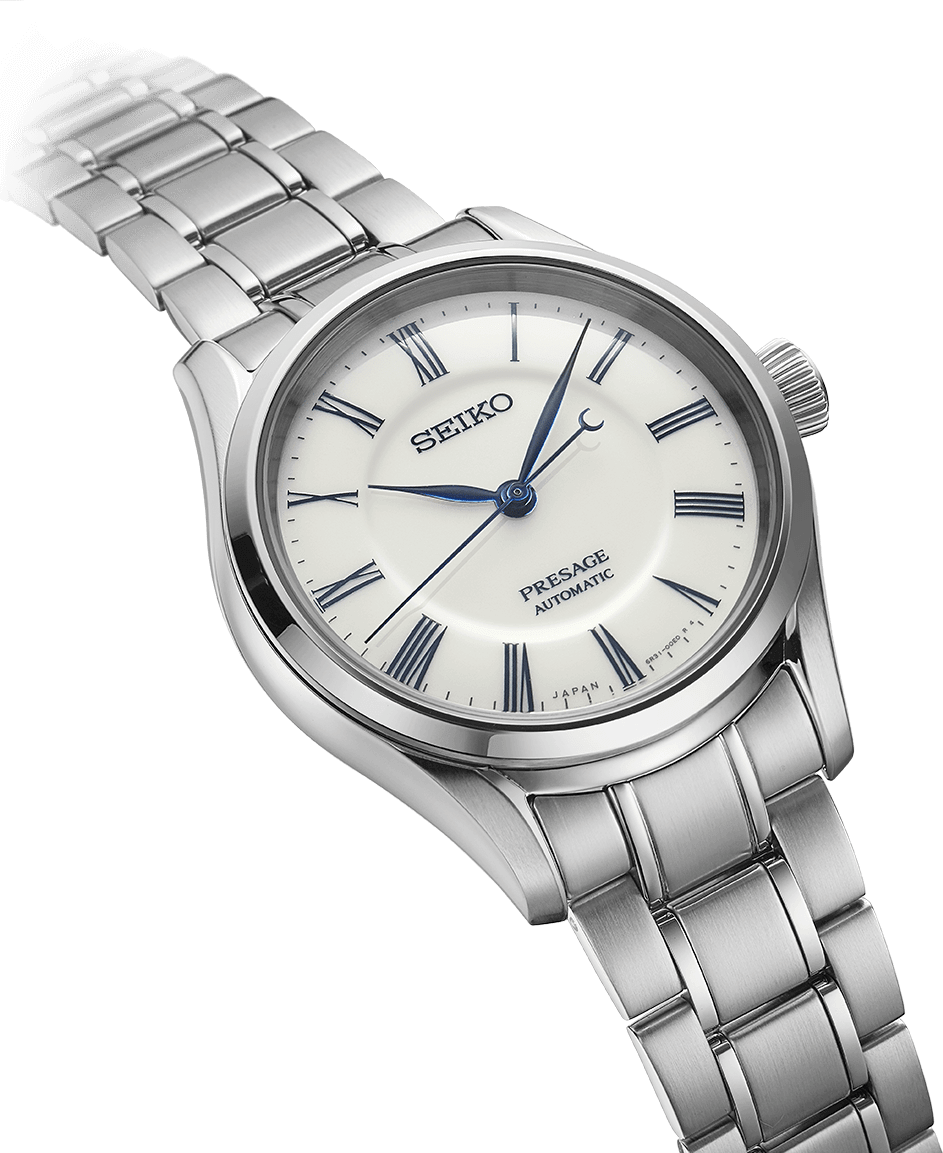
Honoring the past,
looking toward the future
The new Presage Arita Porcelain Dial features a curved face of the purest white accented with indexes and hands in blue. Gently rising and falling terrain is expressed within a thickness of a mere 1mm, the fruit of taking on – and succeeding – in a challenge to achieve the physical limits of thinness. A deep luster and soft shading give this watch its singularly elegant appearance.
Did you enjoy our trip to Arita? If it gave you deeper insight into the rich cultural heritage and natural environment that lives and breathes within the Seiko Presage Arita Porcelain Dial, nothing would make us happier. Our journey to explore the aesthetics of Seiko Presage will continue, and we would be honored if you could join us again.



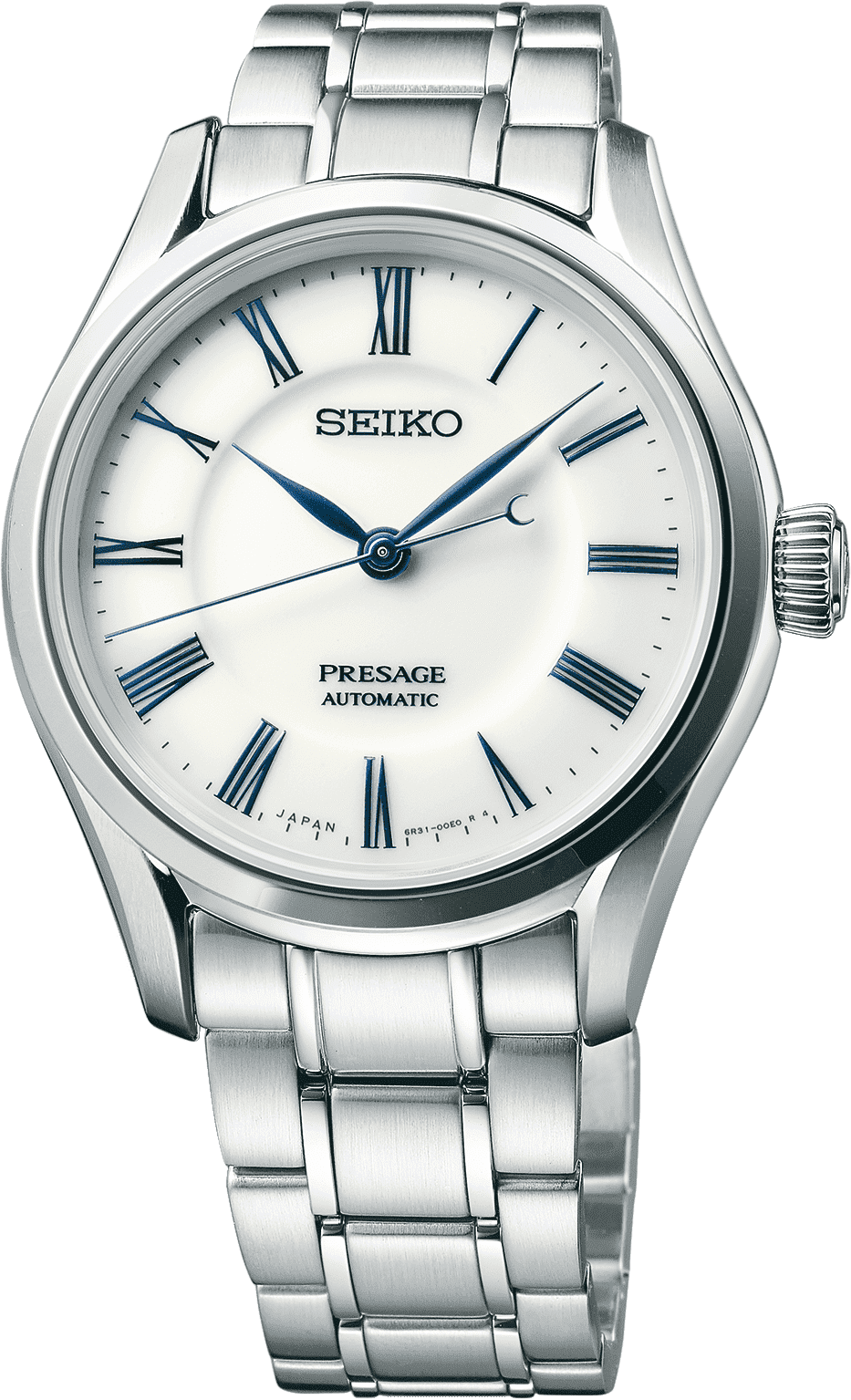
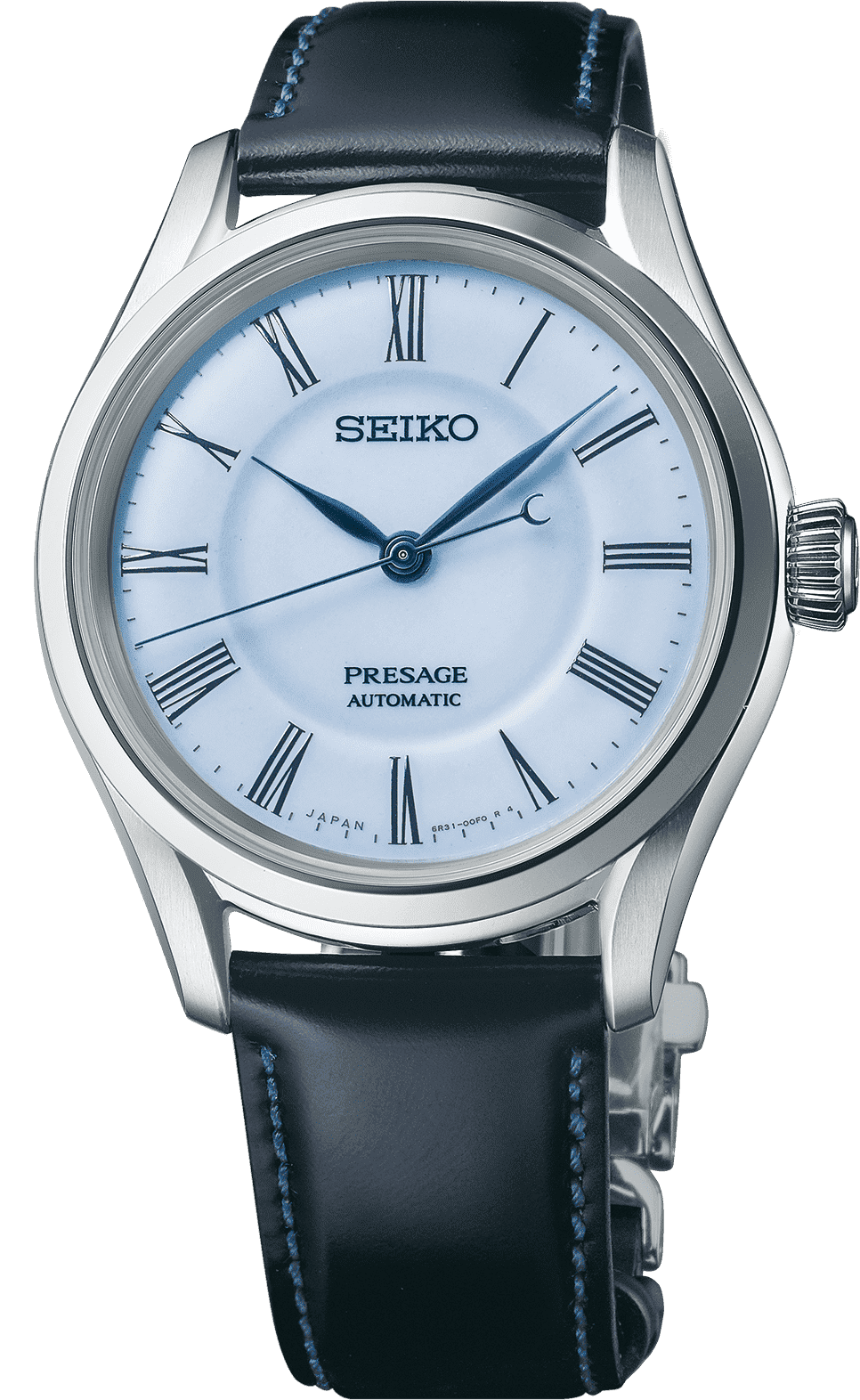
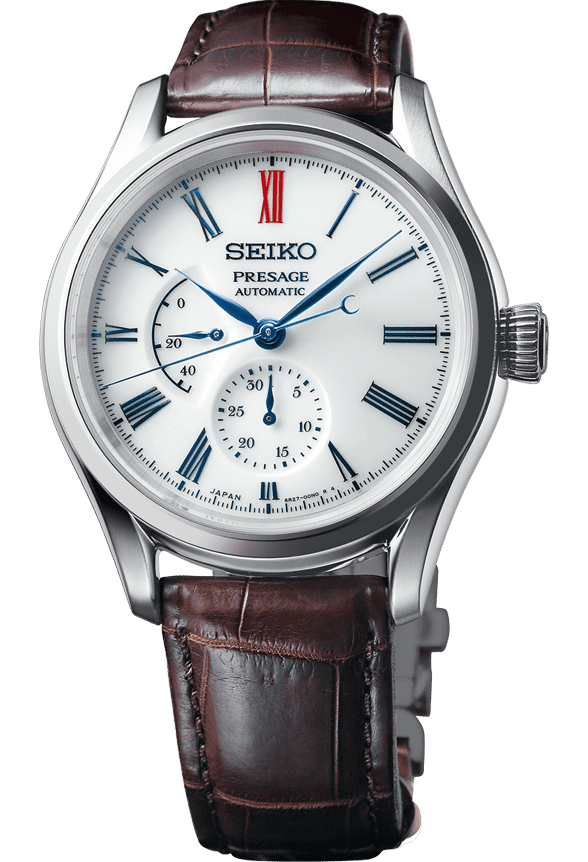
 TOP
TOP